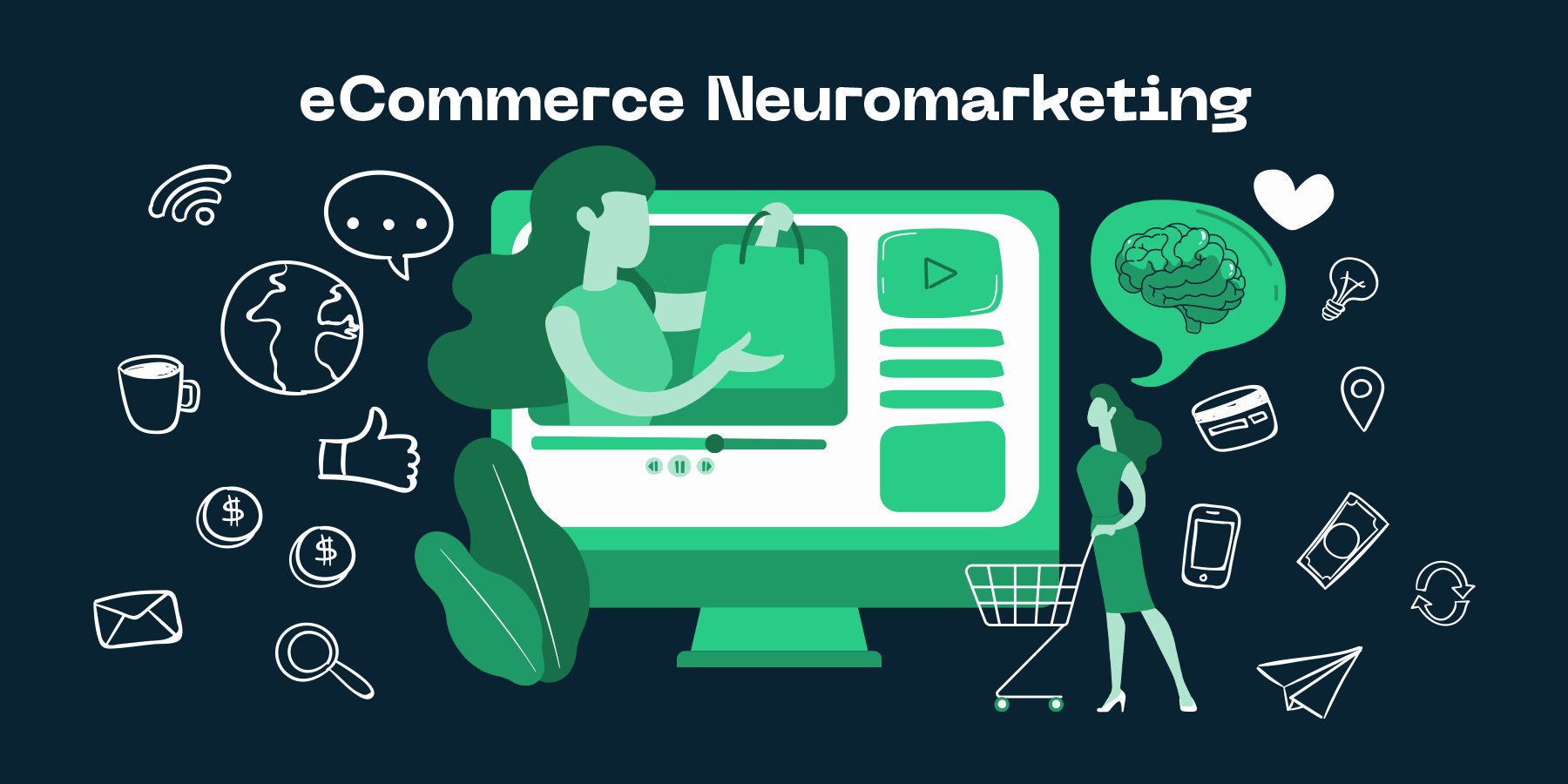
Introduction
What if marketers could see inside the consumer’s mind? That’s not science fiction anymore—that’s neuromarketing. By applying neuroscience to advertising, brands gain insights into how people really process ads, products, and brand experiences.
Instead of relying only on what consumers say they like, neuromarketing uncovers what their brains actually respond to—emotions, memories, and unconscious triggers that guide decisions.
What is Neuromarketing?
Neuromarketing is the practice of using brain science, biometric data, and psychological insights to understand how consumers perceive, engage with, and remember brands.
Tools commonly used include:
- fMRI (Functional MRI): Tracks brain activity in response to ads.
- EEG (Electroencephalography): Measures attention, engagement, and emotional response.
- Eye Tracking: Reveals what consumers focus on in visual ads.
- Biometric Sensors: Monitor heart rate, skin conductance, or facial expressions.
Together, these tools help brands design campaigns that go beyond logic and connect with the brain’s emotional and instinctive centers.
Why Neuromarketing Matters for Advertisers
- Emotion Drives Decisions: 95% of purchase decisions are influenced by subconscious feelings, not rational thought.
- Better Ad Testing: Neuromarketing shows which elements—colors, sounds, visuals—trigger the strongest responses.
- Optimized Branding: From logos to slogans, science reveals what sticks in memory.
- Reduced Wasted Spend: Instead of guessing, advertisers can design based on how the brain actually works.
Real-World Examples
- Coca-Cola vs. Pepsi: fMRI scans revealed people’s brains lit up differently when exposed to each brand—even when tasting identical cola. Brand memory, not just flavor, drove preference.
- Google Ads Experiments: Eye-tracking showed which parts of search ads consumers actually notice, reshaping ad design.
- Political Campaigns: Neuromarketing helps craft speeches and visuals that spark stronger emotional resonance with voters.
💡 Insight: Emotional ads are twice as effective as rational ones in driving long-term brand loyalty.
Ethical Considerations
While neuromarketing unlocks powerful insights, it also raises questions:
- Is it manipulative? Using brain science to influence behavior treads a fine ethical line.
- Who benefits? Transparency matters—consumers deserve to know when their subconscious is being tapped.
- Balance of power: Responsible brands use these tools to enhance experiences, not exploit vulnerabilities.
The Future of Neuromarketing
As AI, biometrics, and neuroscience evolve, neuromarketing will become even more precise. Imagine OOH billboards that adapt in real-time based on audience emotions, or digital campaigns that personalize not just by demographics—but by psychology.
At Adnoxy, we see neuromarketing as part of the next frontier of advertising: where creativity and science merge to craft campaigns that don’t just reach audiences—they resonate with them at the deepest level.
Conclusion
Neuromarketing shows us that consumers don’t just buy products—they buy stories, emotions, and experiences that connect to their brains. For brands that want to cut through the noise, this is more than a tactic—it’s the psychology of persuasion in action.
👉 The future of advertising isn’t just about what you say—it’s about how the brain hears it.



